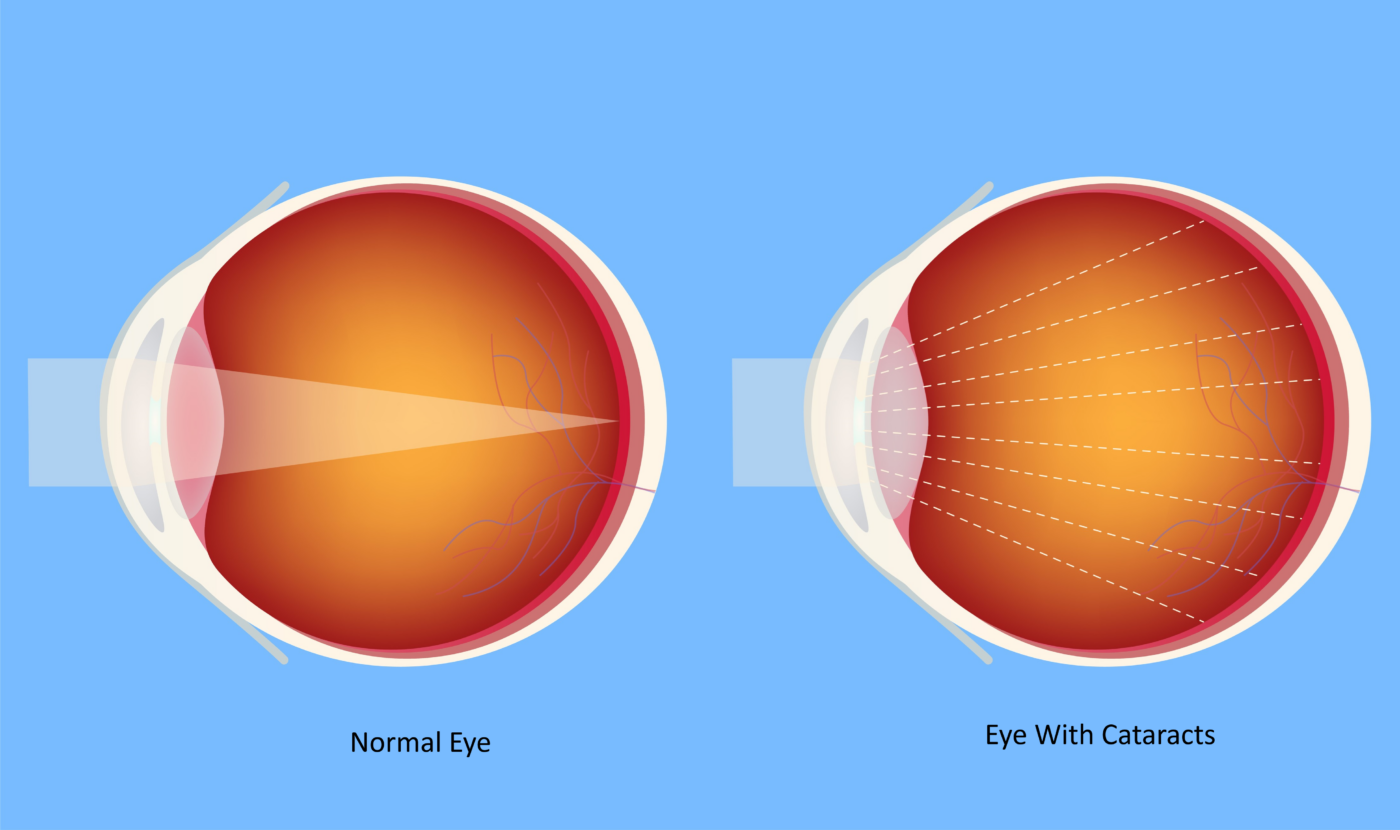Optimal Age for LASIK Surgery
In order to be eligible for LASIK eye surgery you must reach the age requirement of 18 years old. However, the minimum age threshold is merely a baseline. Individuals in their twenties are often considered prime candidates for LASIK eye surgery, particularly those aged 24 and above.
Why Your 20’s Are Ideal
By this age, the eyes have typically stabilized, meaning that prescriptions are less likely to change. This stability is crucial for achieving long-lasting results from LASIK. According to the American Academy of Ophthalmology, waiting until this age range ensures that the eyes have ceased significant developmental changes, which usually occur during the early twenties.
Benefits of LASIK Surgery In Your 20’s
Opting for LASIK surgery in your twenties provides several benefits:
- Extended Period of Clear Vision: Undergoing LASIK early offers a prolonged period of clear vision before age-related vision changes, such as presbyopia, which can develop with age.
- Higher Adaptability and Faster Healing: Younger patients generally experience faster recovery times and fewer complications, thanks to their overall better health and higher cellular regeneration rates.
- Financial and Lifestyle Advantages: Early intervention can save money in the long run by reducing the need for corrective lenses and associated expenses. Additionally, it enhances quality of life, facilitating activities such as sports, driving, and travel without the hindrance of glasses or contact lenses.

Assessing Candidacy: The LASIK Consultation
Through comprehensive tests and evaluations, a LASIK specialist will determine your eye health, vision stability, and suitability for the procedure. Curious if LASIK is right for you? Start with a personalized consultation with our LASIK specialists.
Personalized Treatment Plans
Based on the evaluation, the LASIK surgeon will develop a personalized treatment plan tailored to the patient’s specific vision correction needs. This plan ensures that the surgery addresses the unique characteristics of the patient’s eyes, maximizing the chances of a successful outcome.
After LASIK Surgery: What to Expect and How to Take Care
One of the best things about LASIK? You bounce back pretty quickly! Most folks notice a big improvement in their vision within just 1 to 2 days after the procedure. It usually takes a few weeks to fully stabilize, though, so it’s important to stick to your surgeon’s aftercare tips for the best results.
Looking Ahead: Keeping Your Eyes Healthy
LASIK gives you great vision for the long haul, but it’s smart to stay on top of your eye health with regular check-ups. Seeing an eye doctor now and then helps catch any changes early and keeps your eyes in tip-top shape!
LASIK in Your 20’s – A Strategic Decision for Lifelong Vision
Opting for LASIK surgery in your twenties is a strategic decision that offers many long-term benefits. The combination of stabilized vision, prime health conditions, and the potential for a prolonged period of clear vision, make individuals in their 20’s well-positioned to enjoy the advantages of LASIK. A comprehensive consultation with a LASIK specialist will provide the necessary insights to determine candidacy and develop a tailored treatment plan, ensuring the best possible outcomes. Get started and schedule your free consultation today!

Find a LASIK Surgery Location Near You
We’re located nationwide – it’s easy to find a LASIK Vision Center near you.
About The Author
Dr. J. Ryan Brewer, D.O. is board certified by the American Board of Ophthalmology. Born and raised in central Texas, Dr. Brewer has quickly established himself as one of the most respected and most successful LASIK surgeons throughout the state and has recently hit the milestone of 23,000+ refractive surgeries and also named the Best Eye Care Professional second place finalist in Austin and San Antonio.







